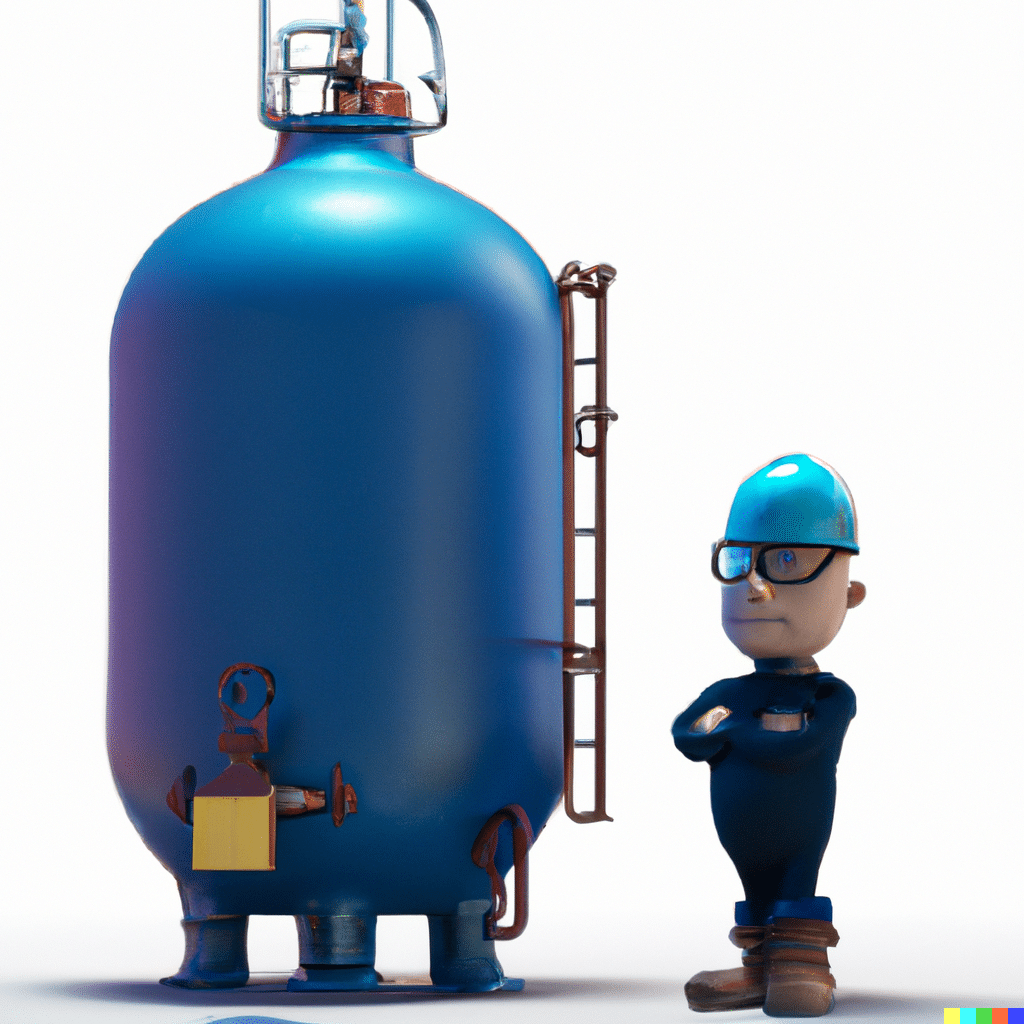
The Ultimate Guide to Understanding API 510 inspection
The oil and gas industry is heavily regulated, and ensuring the safety and reliability of pressure vessels is a critical aspect of this regulation. One of the key standards used to achieve this is API 510, the Pressure Vessel Inspection Code. In this guide, we’ll explore what API 510 is, why it’s important, and what you need to know to get certified.
What is API 510?
API 510 is a set of guidelines and standards for the inspection, repair, alteration, and re-rating of in-service pressure vessels in the oil and gas industry. Developed by the American Petroleum Institute (API), API 510 is widely recognized and used globally as the benchmark for pressure vessel inspection.
Why is API 510 Important?
API 510 is important for several reasons. Firstly, it helps to ensure the safety of workers, equipment, and the environment. Pressure vessels can be incredibly dangerous if they are not properly maintained, and API 510 provides a comprehensive set of guidelines to minimize the risk of accidents.
Secondly, API 510 helps to minimize the risk of equipment failures and prolongs the life of pressure vessels. Regular inspections, repairs, and alterations help to prevent corrosion, wear and tear, and other forms of damage that can cause pressure vessels to fail.
Thirdly, API 510 is a requirement for companies operating in the oil and gas industry. Many countries have regulations in place that require pressure vessels to be inspected and certified to API 510 standards, and failing to do so can result in significant fines and penalties.
API 510 Certification
API 510 certification is available to individuals who have the necessary knowledge, skills, and experience to perform pressure vessel inspections. The certification process involves passing a written exam, demonstrating practical experience in the inspection of pressure vessels, and meeting other eligibility requirements set by the API.
Holding an API 510 certification demonstrates to employers, clients, and regulatory agencies that an individual has the knowledge and expertise to safely and effectively inspect pressure vessels. It is also a valuable addition to a person’s resume, as it demonstrates a commitment to professional development and continuous learning.
Inspection Techniques
API 510 provides detailed guidance on the various inspection techniques that should be used to evaluate pressure vessels. These techniques include non-destructive testing (NDT) methods, such as ultrasonic testing and radiographic testing, as well as visual inspection techniques. In addition, API 510 provides guidelines for pressure testing, which is used to verify the integrity of pressure vessels.
Repairs and Alterations
API 510 provides guidelines for repairing and altering pressure vessels, including procedures for welding and fabrication. In addition, the standard provides requirements for the qualification and certification of repair organizations, which are responsible for performing repairs and alterations on pressure vessels.
Re-rating Pressure Vessels
API 510 also provides guidelines for re-rating pressure vessels, which is the process of adjusting their maximum operating pressure to reflect changes in their condition or design. This process is important for maintaining the safety and reliability of pressure vessels over time.
Conclusion
API 510 is an essential standard for the oil and gas industry, providing guidance on the inspection, repair, alteration, and re-rating of pressure vessels. By obtaining API 510 certification, individuals can demonstrate their expertise in pressure vessel inspection and contribute to the safety and longevity of pressure vessels. Whether you’re just starting your career or looking to expand your skills, API 510 is a valuable investment in your future. We can help you prepare for the API 510 exam with our preparatory course that we host with our partners at WTC which you can attend either in person or online. For more information contact us
